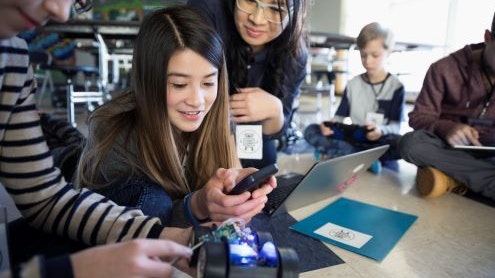Homepage
•
Learning Library
•
Blog
•
The case for project-based learning
Expand breadcrumbs
Expand breadcrumbs
- Learning Library
- Blog
- The case for project-based learning
- Homepage
- •
- Learning Library
- •
- Blog
- •
- The case for project-based learning
The case for project-based learning
By Nicole Krueger
May 19, 2020








